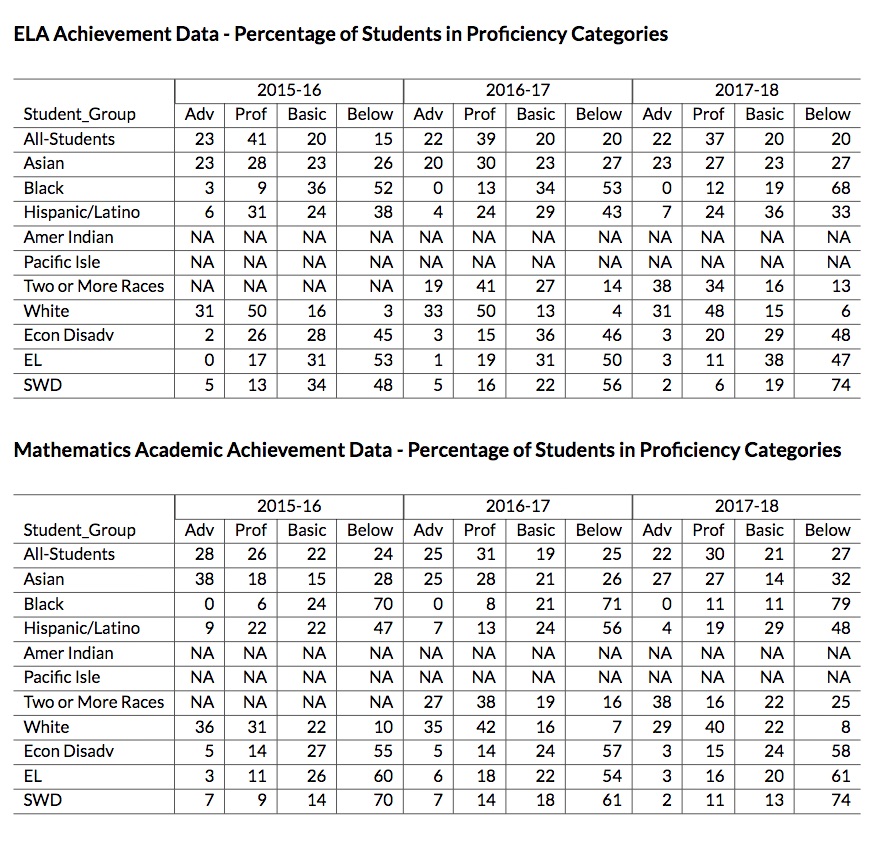Zirbel-Donisch said the plan is to have the condoms paid for by outside-partner organizations.
While most four-year University of Wisconsin System colleges offer free condoms, doing so in Wisconsin high schools remains relatively rare.
The state Department of Public Instruction estimated in 2016 that 6.9% of high schools in the state provided free condoms, based on a weighted survey of high school principals.
The decision for the pilot comes after an increase in sexually transmitted infections among youths nationwide, statewide and at West High School.
Rates of sexually transmitted infections in Wisconsin for people between ages 15 and 19 peaked in 2011 and then tapered off before rising each year between 2014 and 2017, according to data from the state Department of Health Services. Nationwide, rates of chlamydia, gonorrhea and syphilis infections among that age group also climbed during the same time frame.
According to information Public Health Madison & Dane County provided the school district, the number of instances of sexually transmitted infections at West High School increased from about 40 in 2015 to more than 90 in 2017.
The district said 60% of West High respondents to the 2018 Dane County Youth Assessment survey — which tracks middle school and high school student behaviors and risks every few years — reported having voluntary sexual intercourse at least once compared with 35% of students from all Dane County high schools.
Out of 305 sexually active West High students who responded to the survey, 21% reported never using a condom as a way to prevent a sexually transmitted infection and 28% said they sometimes use one.
Countywide, 15% of high school students who are sexually active said they never use a condom to prevent a sexually transmitted infection and 29% sometimes use one.
March, 2019 Madison West’s ESSA Accountability Report.
Transcript (via a machine learning app – apologies for errors):
I am currently the reading interventionist teacher at (Madison) West High School.
I’ve been there for 4 years. Previous to that I’ve been in the school district as a regular ed teacher for about 20 years. I started in the early 90s.
I have (a) question I want to ask you guys. What district-wide systems are in place as we use our map data to monitor the reading student achievement?
Student by student, not school by school but also school by school and provide support for the school the teachers and the students that need it.
And especially to help students who score in the bottom percentiles who will need an intervention which is significantly different than differentiation.
I was (a) TAG coordinator (talent and gifted coordinator) for 4 years at Hamilton and I have extensive background with the talent and gifted and differentiation training.
( and teaching of teachers). Now I’m in interventionist and they are significantly different we need interventions to serve the lowest scoring kids that we have.
Here’s my data from this year and this is why I’m here:
Of the 65 students plus or minus it kind of changes this year 24 of them are regular ed students.
Another way to say they don’t have an IEP so there is no excuse for that reading intervention in (that group).
12 of those 24 have been enrolled in Madison School since Pre-K kindergarten or kindergarden. 12 students have been in Madison Schools.
They have High attendance. They have been in the same (you know) feeder school they have not had high mobility. There is no excuse for 12 of my students to be reading at the first second or third grade level and that’s where they’re at and I’m angry and I’m not the only one that’s angry.
The teachers are angry because we are being held accountable for things that we didn’t do at the high school level. Of those 24 students, 21 of them have been enrolled in Madison for four or more years.
Of those 24 students one is Caucasian the rest of them identify as some other ethnic group.
I am tired of the district playing what I called whack-a-mole, (in) another words a problem happens at Cherokee boom we bop it down and we we fix it temporarily and then something at Sherman or something at Toki or something at Faulk and we bop it down and its quiet for awhile but it has not been fixed on a system-wide level and that’s what has to change.
Thank you very much.
– Via a kind reader.
Despite spending much more than most, now nearly $20,000 per student, Madison has long tolerated disastrous reading results.
